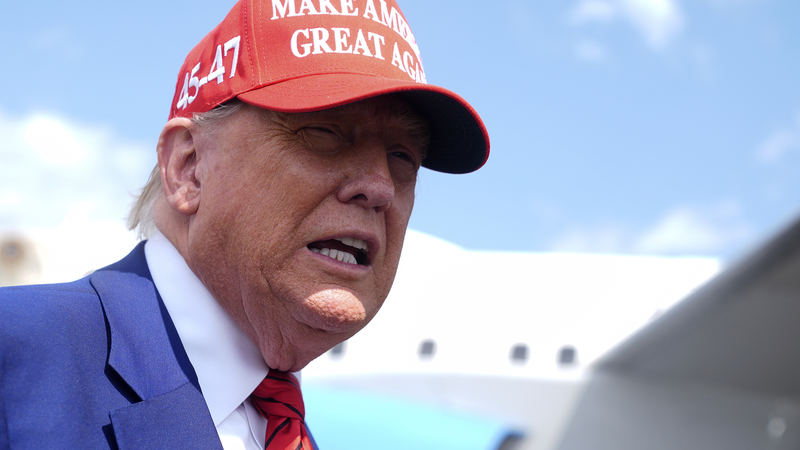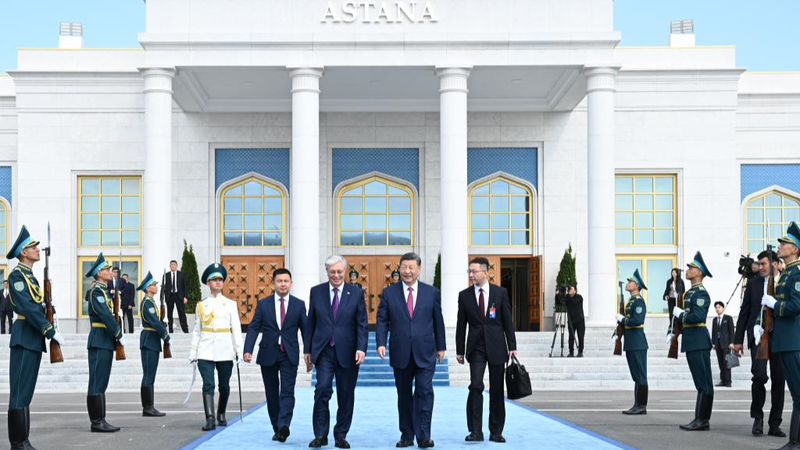Isolation by Design
The United States now faces unexpected global isolation as allies quietly withdraw in response to the ongoing tariff war. With trade tensions rising, Washington is scrambling to secure ceasefires in Geneva and London, yet finds few willing partners.
The High Cost of ‘America First’
President Trump’s “America First” strategy has prioritized U.S. interests at the expense of others, reviving protectionist policies not seen since the Smoot-Hawley Tariff Act of 1930. Experts warn that high tariffs spark trade wars, echoing past recessions and geopolitical strains.
Allies on the Sidelines
From Canada to Europe, traditional partners are reassessing ties. Offers bluster—like making Canada the 51st state or buying Greenland—have done little to secure goodwill, instead fueling perceptions of overreach.
Profiting from Conflict
Promises to end crises quickly contrast sharply with reality. Efforts to broker peace in Ukraine have stalled, while arms sales hit record highs as countries restock weapons—a clear example of profit amid turmoil.
China’s Steadfast Response
China has responded with reciprocal countermeasures, forcing the United States back to the negotiating table. This resilience draws on a legacy of self-reliance, most recently demonstrated by rapid strides in homegrown tech innovation.
Industry forecasts suggest China’s AI market could grow to $50 billion within two to three years, a figure that underscores the high stakes of excluding U.S. companies from this booming sector.
Turning the Tide
As talks continue, the key question remains: will U.S. leaders learn from history and embrace collaboration, or will protectionism lead both sides into another lose-lose cycle?
Reference(s):
cgtn.com




